Expansion of Streaming Services
The expansion of streaming services offering 4K content is likely to significantly impact the 4K Display Resolution Market. Major platforms such as Netflix, Amazon Prime Video, and Disney+ have increasingly invested in 4K content production, which has led to a growing consumer expectation for compatible display devices. As of 2025, it is estimated that over 50% of new content produced by these platforms is available in 4K resolution. This trend not only drives sales of 4K displays but also encourages consumers to upgrade their existing devices to fully enjoy the enhanced viewing experience. Consequently, the proliferation of 4K content across various genres and formats is a crucial factor propelling the growth of the 4K Display Resolution Market.
Increasing Adoption of 4K Displays
The increasing adoption of 4K displays across various sectors appears to be a primary driver for the 4K Display Resolution Market. As consumers seek enhanced viewing experiences, the demand for 4K televisions, monitors, and projectors has surged. According to recent data, the market for 4K televisions is projected to reach approximately 200 million units by 2026. This trend is not limited to consumer electronics; industries such as gaming, healthcare, and education are also integrating 4K technology to improve visual clarity and detail. The proliferation of 4K content, including streaming services and gaming platforms, further fuels this adoption, indicating a robust growth trajectory for the 4K Display Resolution Market.
Rising Consumer Expectations for Visual Quality
Rising consumer expectations for visual quality are driving the 4K Display Resolution Market. As technology evolves, consumers increasingly demand higher resolution displays that offer superior image clarity and detail. This trend is particularly evident in sectors such as gaming and home entertainment, where immersive experiences are paramount. Market data indicates that consumers are willing to invest in premium display technologies that provide enhanced visual experiences. Furthermore, as more households adopt 4K televisions, the expectation for 4K content availability continues to rise, creating a feedback loop that encourages content creators to produce high-quality 4K material. This growing consumer demand for exceptional visual quality is a key factor influencing the expansion of the 4K Display Resolution Market.
Technological Innovations in Display Technology
Technological innovations in display technology are contributing to the growth of the 4K Display Resolution Market. Advancements such as OLED and Mini-LED technologies enhance color accuracy, contrast ratios, and overall picture quality, making 4K displays more appealing to consumers. These innovations are not only improving the visual experience but also making 4K displays more energy-efficient. As manufacturers continue to invest in research and development, the introduction of new features such as HDR (High Dynamic Range) and improved refresh rates is expected to further stimulate market growth. The ongoing evolution of display technology suggests that the 4K Display Resolution Market will continue to thrive as consumers seek the latest advancements in visual technology.
Integration of 4K Technology in Professional Applications
The integration of 4K technology in professional applications is emerging as a significant driver for the 4K Display Resolution Market. Industries such as healthcare, architecture, and design are increasingly utilizing 4K displays for tasks that require high precision and detail. For instance, in medical imaging, 4K displays enable healthcare professionals to view intricate details in diagnostic images, enhancing patient care. Similarly, architects and designers benefit from the clarity offered by 4K displays when presenting their work. As these sectors continue to adopt 4K technology, the demand for specialized 4K displays is expected to rise, further propelling the growth of the 4K Display Resolution Market.

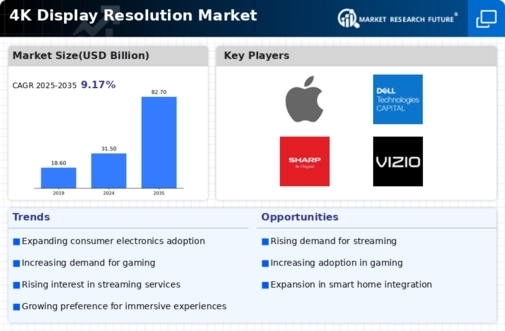
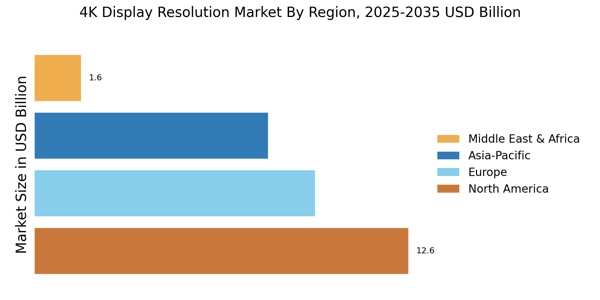

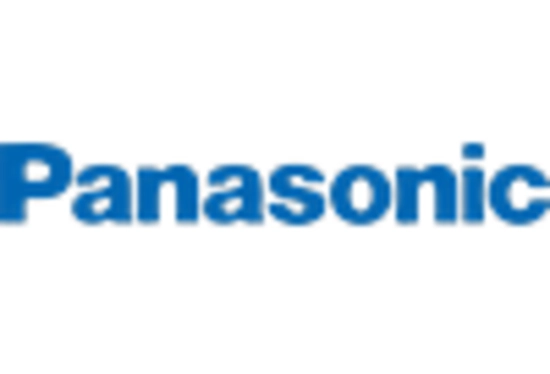


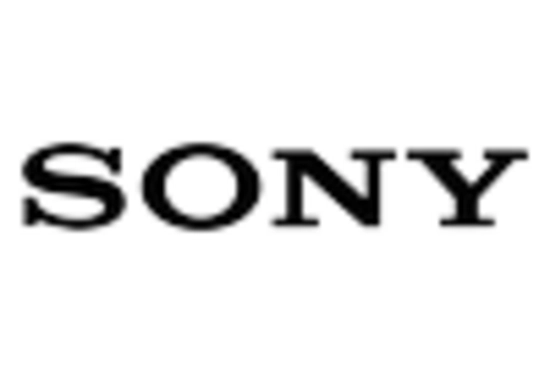
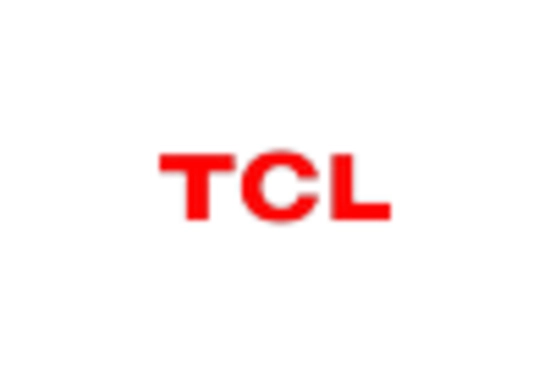








Leave a Comment